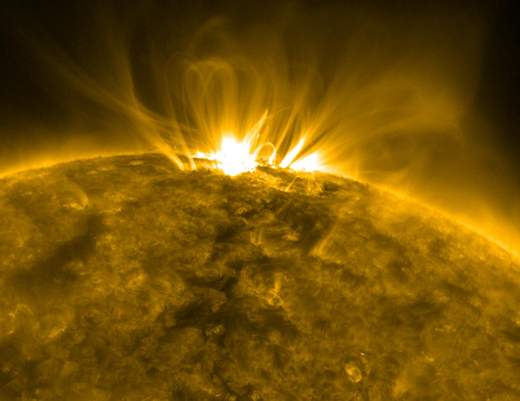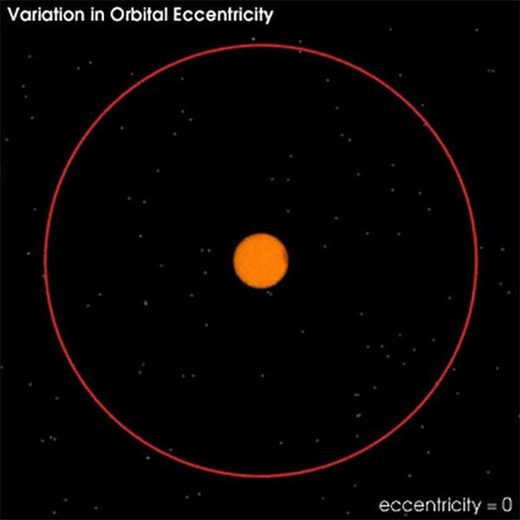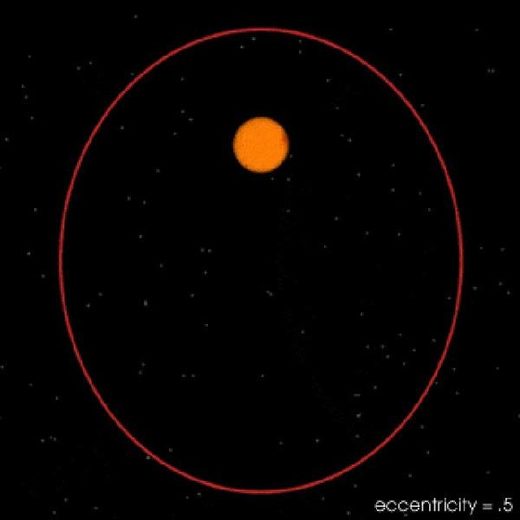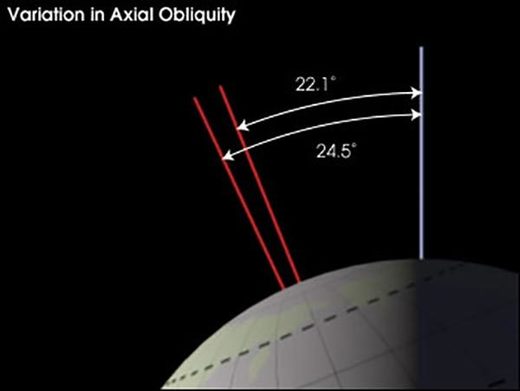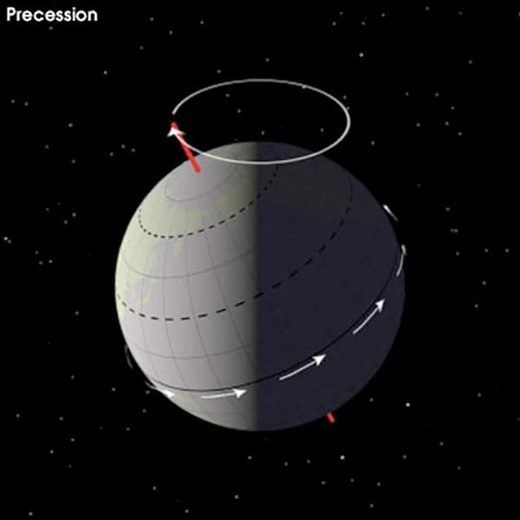In 2000, NASA published information on its Earth Observatory website about the Milankovitch Climate Theory, revealing that the planet is, in fact, changing due to extraneous factors that have absolutely nothing to do with human activity and a great deal to do with our proximity to the sun. Sadly, this information was not widely published, and certainly not produced as counter evidence to the growing leftist cult spreading fear that “climate change” is “man-made” and “catastrophic”.
The truth to climate change, however, is much more along the lines of what Serbian astrophysicist Milutin Milankovitch (1879-1958), after whom the Milankovitch Climate Theory is named, proposed. He postulated that the seasonal and latitudinal variations of solar radiation that hit the earth in different ways, and at different times, have the greatest impact on earth’s changing climate patterns.
Using these three orbital variations, Milankovitch was able to formulate a comprehensive mathematical model that calculated latitudinal differences in insolation and the corresponding surface temperature for 600,000 years prior to the year 1800. He then attempted to correlate these changes with the growth and retreat of the Ice Ages. To do this, Milankovitch assumed that radiation changes in some latitudes and seasons are more important to ice sheet growth and decay than those in others.
Then, at the suggestion of German Climatologist Vladimir Koppen, he chose summer insolation at 65 degrees North as the most important latitude and season to model, reasoning that great ice sheets grew near this latitude and that cooler summers might reduce summer snowmelt, leading to a positive annual snow budget and ice sheet growth.

But, for about 50 years, Milankovitch’s theory was largely ignored. Then, in 1976, a study published in the journal Science examined deep-sea sediment cores and found that Milankovitch’s theory did in fact correspond to periods of climate change (Hays et al. 1976). Specifically, the authors were able to extract the record of temperature change going back 450,000 years and found that major variations in climate were closely associated with changes in the geometry (eccentricity, obliquity, and precession) of Earth’s orbit. Indeed, ice ages had occurred when the Earth was going through different stages of orbital variation.
Since this study, the National Research Council of the U.S. National Academy of Sciences has embraced the Milankovitch Cycle model.
The below two images (by Robert Simmon, NASA GSFC) help to illustrate this, with the first showing earth at a nearly zero orbit, and the second showing earth at a 0.07 orbit. This orbital change is depicted by the eccentric, oval shape in the second image, which has been intentionally exaggerated for the purpose of showing the massive change in distance that occurs between the earth and the sun, depending on whether it is at perihelion or aphelion. (SOTT)
As for earth’s obliquity, or its change in axial tilt, the below two images (Robert Simmon, NASA GSFC) show the degree to which the earth can shift on both its axis and its rotational orientation. At the higher tilts, earth’s seasons become much more extreme, while at lower tilts they become much more mild. A similar situation exists for earth’s rotational axis, which depending on which hemisphere is pointed at the sun during perihelion, can greatly impact the seasonal extremes between the two hemispheres.
Milankovitch’s model revealed that the combined effects of these astronomical factors influence the distribution of solar energy received by Earth, subsequently impacting global climate patterns. These variations in solar radiation, resulting from the changing orbital parameters, lead to periodic shifts in Earth’s temperature distribution, including glacial and interglacial periods.
It is important to emphasize that Milankovitch’s findings highlight the natural variability of Earth’s climate throughout history. The model demonstrates that these climate fluctuations occur independently of human influence.
